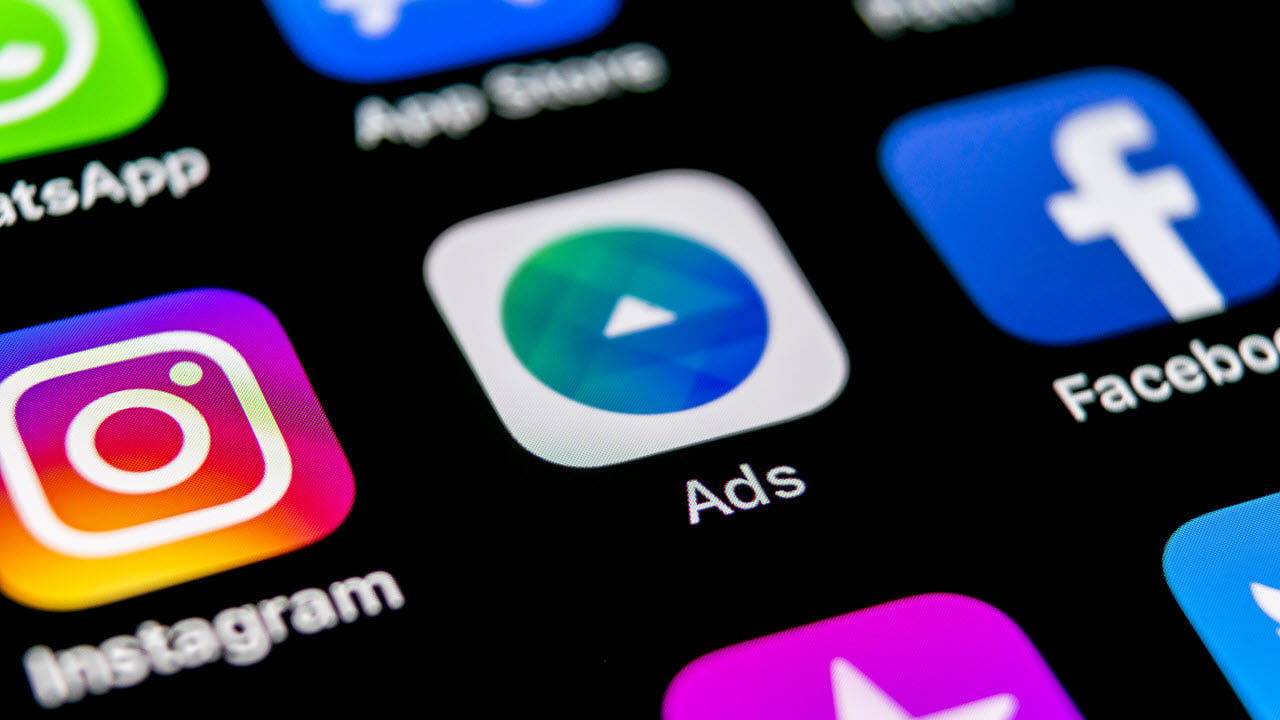With smartphone cameras getting better day by day, smartphone photography is turning into a genre of its own. It has really reduced the barrier for the common people to enter the world of photography and we’re seeing incredible images taken on smartphones every day.
Hence in this article, we bring you seven mobile photography tips to up your camera game.
Switch to Manual mode

That has to be the most commonly heard mobile photography tip ever. And for good reason. While smartphone cameras are designed for point and shoot convenience, they can still push out some pretty good images if you take control of the camera.
Auto mode is good, but far from perfect even on flagships. Yes, it does give you an instagram-worthy image, but from a photographer’s perspective, it’s always better to take control of the camera.
Related read: Cinematography 101: Why should you use Manual Focus?
Know your hardware
Take it as an extension to the first tip.

The better you know your camera hardware, the better you’ll know how to handle it. Read up all the information about the sensor size, aperture focal length etc. It’ll not only help you better control the camera but you’ll also know how far you can push your device before it starts compromising on the quality.
Also read: What is a Time of Flight Camera (ToF) and why are phone manufacturers using it?
Try out different camera apps
Chances are, the stock camera app on your phone won’t push your camera to its limit.

There are a plethora of camera apps to choose from on both Android and iOS. Choosing the app that works for you can go a long way in helping you click better pictures. Also, these apps allow you better control over the camera in most cases.
Personally, I use Adobe Photoshop Lightroom to edit my pictures on my phone. I also have sideloaded a modded version of the Google Pixel camera app which really gives out some amazing results.
Also read: How to convert HEIC files to JPEG and how to open HEIC on Windows?
Edit your photos
Learning to edit your photos can take your pictures to a whole another level.
Don’t just put Instagram filters on your images and call it an edit. Download an editing app and get to work playing around with all different parameters to see what works best for that particular image. This will not only help pick up your phone photography game but will also help you in the future if you’re looking to get into professional photography.

Personally, I’d recommend you use either SnapSeed or Adobe Photoshop Lightroom for editing. SnapSeed is a little bit easier and available for free as well. Lightroom gives you more control but comes with a monthly subscription.
Also read: Adobe Photoshop vs Lightroom: Which one should you use when?
The Rule of Thirds
With sheer image quality being out of the scope, your composition is the real tool you have to make your photos come to life. Now while there are many composition rules you can employ, the simplest and the most common one is perhaps the rule of thirds.
Remember that grid on some cameras that divided the screen into nine parts? Yes, that’s the rule of thirds. It states that you should put your subject at the bottom left, bottom right, top left or top right intersection of these lines. What it does is make the placement of the subject leaning to one side so that the viewer’s attention naturally gravitates towards it. It works pretty much in every picture and is a really helpful composition technique.
What it does is make the placement of the subject leaning to one side so that the viewer’s attention naturally gravitates towards it. It works pretty much in every picture and is a really helpful composition technique.
Clean your lens
Yep. You’re always on your phone, putting it on different surfaces and in and out of pockets all the time. During all this action, you’re bound to get some fingerprints and dust/dirt on the lens.
Cleaning it off with a simple cloth or even with your shirt can go a long way to give you that crystal clear image. Seriously, try it. You’ll be surprised by how much of a difference it makes.
Also read: DSLR Maintenance 101: How to clean your camera sensor and lenses
Only zoom in if you have a telephoto lens
When clicking photos, we often zoom in forgetting that smartphone cameras aren’t capable of zooming in. The ‘zoom’ is, in reality, digital zoom where your image just gets cropped in. Needless to say, this creates a blurry mess of an image without any details or sharpness whatsoever.
Thankfully, with most smartphones now having multiple camera arrays on them, they’ve started coming with a telephoto lens. If you have one, make sure you only zoom in with your telephoto lens. Otherwise, just walk up as close to the subject as you can.
Related read: Photography 101: Why every photographer needs a telephoto lens?






